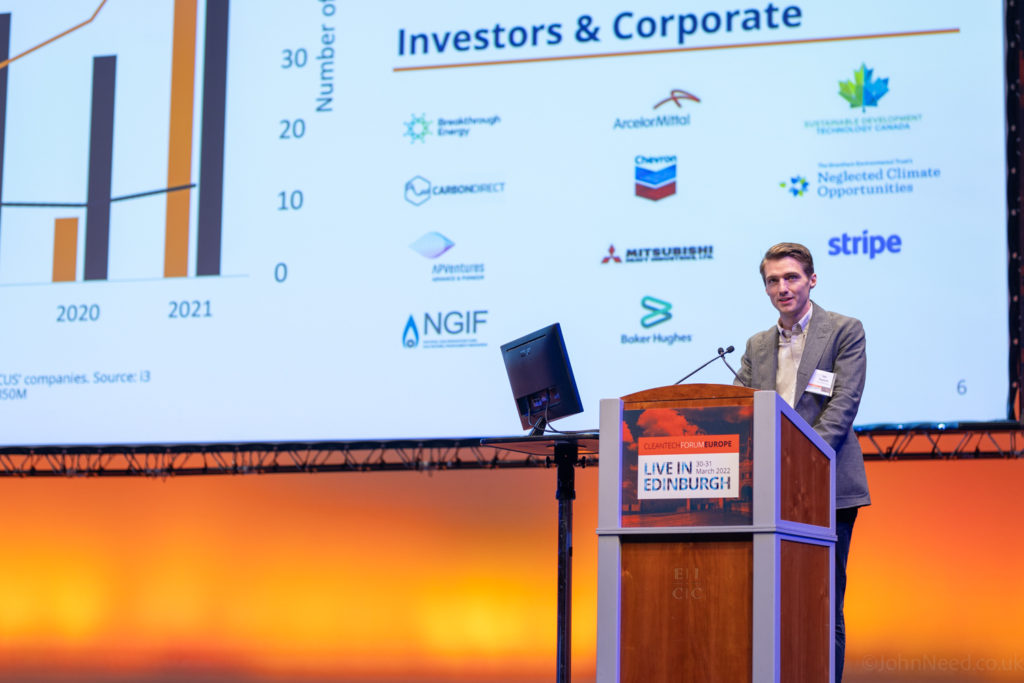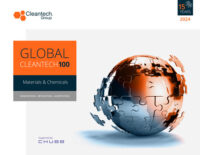Plastic Packaging, Next-gen Battery Technologies and Cement – Trends from Cleantech Forum Europe Live in Edinburgh
For the Materials & Chemicals sector, the recent Cleantech Forum Europe Live in Edinburgh included insight into plastics and packaging, cement and concrete, and next generation battery technologies.
The packaging industry is getting ready for action
Packaging is an important material, keeping food fresh, liquids contained, and our products protected. Yet the impact associated with the production and end of life treatment of packaging remains problematic. Plastic packaging accounts for anywhere up to 4% of global emissions and IUCN estimates over 14 million tons of the stuff end up in the ocean each year. The good news is that after years of commitments, brand owners are finally beginning to act and address the environmental impact of packaging. Many are increasingly looking to innovators such as plastic alternative developer, Xampla. Venture firms are looking to support scale up and enable engagement with Emerald Technology Ventures announcing a dedicated fund with Henkel and Beiersdorf among the limited partners.
Though work will not be completed until 2024, the recently announced plastics treaty may also support a transformation with United Nations Environment Assembly stating that all nations will need to act on all parts of the plastics lifecycle, including design, production, manufacturing, logistics, use, reuse, and end-of-life management.

Next-generation battery technologies
As electrification accelerates, the need for effective and efficient energy storage solutions continues to develop. Electrochemical solutions are preferred for high efficiency, and fast response in electric vehicles, stationary energy storage and other applications. There is demand for improved technical performance, including energy density which enable greater range in electric vehicles. However, there is also an increasing awareness of the environmental impact associated with the extraction and processing of raw materials required to produces batteries at scale.
As a result, we will see continued innovation in this space, with companies enabling higher energy density such as enabler of silicon anodes, E-magy, and new battery chemistries such as such solid-state sodium battery under development by LiNA Energy.
Concrete has some catching up to do
Concrete remains an essential building material. Unfortunately, its production is responsible for around 7-8% of global emissions, with the majority of this made up by producing the required cement. The industry is moving slowly towards emissions mitigation, but faces challenges with long infrastructure cycles, a fragmented market, and regulatory barriers.
Despite this, new solutions are scaling along different pathways. There is a continued interest in carbon capture with innovators such as aiming to lower costs with solvent-based technologies deployed by companies like Carbon Clean, and sorbent-based technologies such as those under development by MOF Technologies. There is also an increasing interest in alternative binders such as those produced by Ecocem. Regardless of the pathway, greater urgency is needed to address challenges such as education of relevant stakeholder and address overly prescriptive standards.



